Beetles are everywhere—from tropical rainforests to arid deserts, and even on remote islands. While they may seem like ordinary bugs, they’re actually some of the most fascinating creatures on the planet. Here's why these little armored insects deserve way more attention than they get.
Yes, really. Over 350,000 species of beetles have been scientifically described, and experts estimate there could be up to 3 million in total. That makes beetles the most diverse group of animals on Earth. If you randomly pick any four animal species, chances are one of them is a beetle!
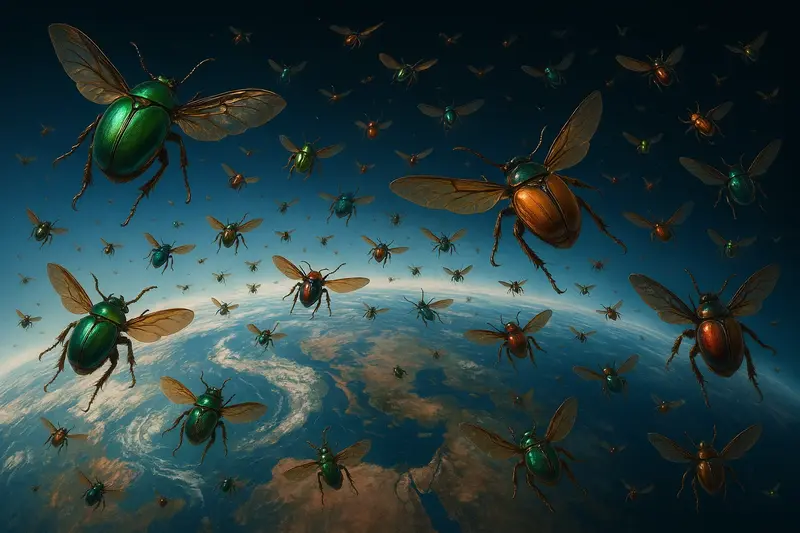
From jungles and deserts to tundras and mountaintops, beetles have conquered every habitat—except the ocean. Some even thrive on remote islands. As biologist J.B.S. Haldane once joked, “God must have an inordinate fondness for beetles.”
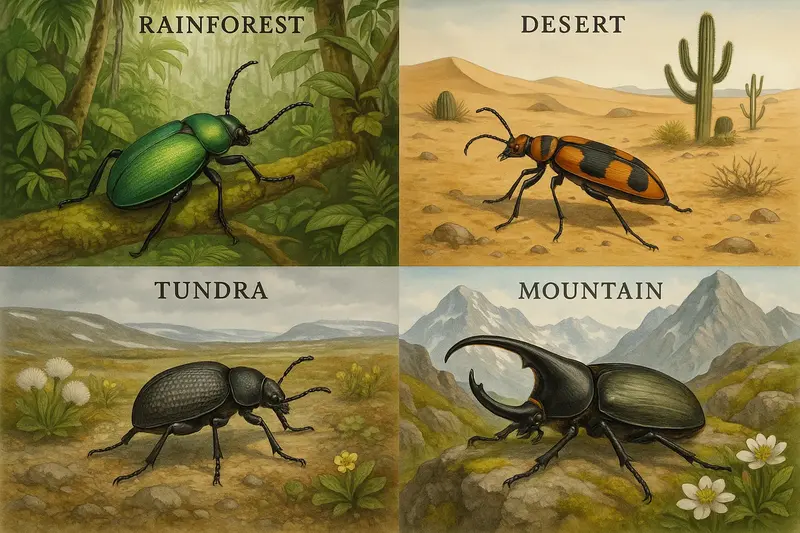
One of a beetle’s most defining features is its elytra—the hardened forewings that act like protective shields over their soft hindwings and abdomen. This natural armor is why they survive so well in the wild.

The tiniest beetles, like the fringed ant beetle, measure just 0.25 mm, while the Titan beetle from South America can grow over 20 cm (8 inches) long. The size range of beetles is absolutely astonishing.
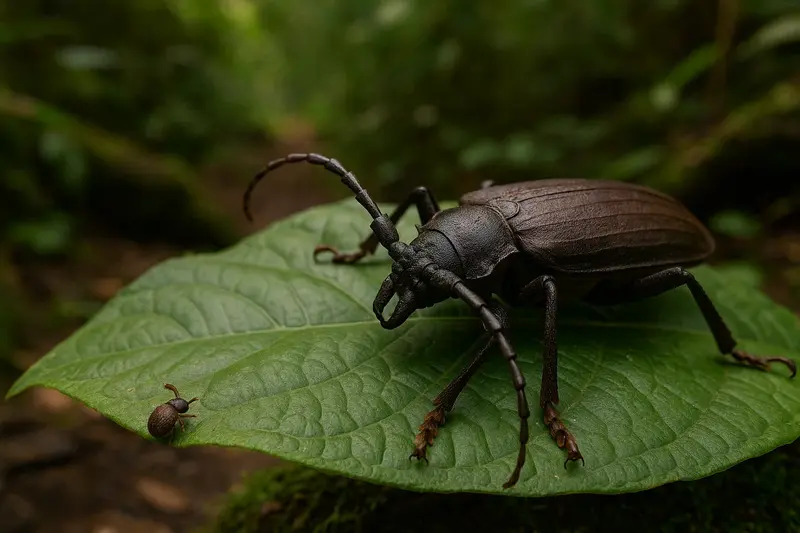
Unlike butterflies that sip nectar, beetles have strong, chewing mouthparts. They gnaw on plants, fungi, other insects, and even carcasses. In fact, the word "beetle" comes from Old English "bitela," meaning "little biter."

Not all beetles are pests—but some definitely are. Bark beetles, rootworms, weevils, and Japanese beetles cause billions in crop and forestry losses every year. They can even damage stored grains long after harvest.
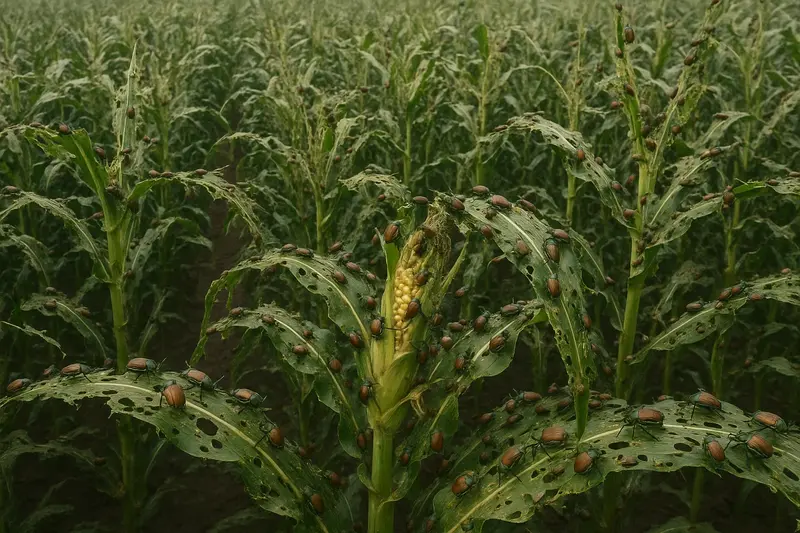
Many beetles stridulate—producing sound by rubbing body parts. Some tap their heads or abdomens, and others, like the ten-lined June beetle, squeal loudly when picked up. Some bark beetles even chirp to communicate.
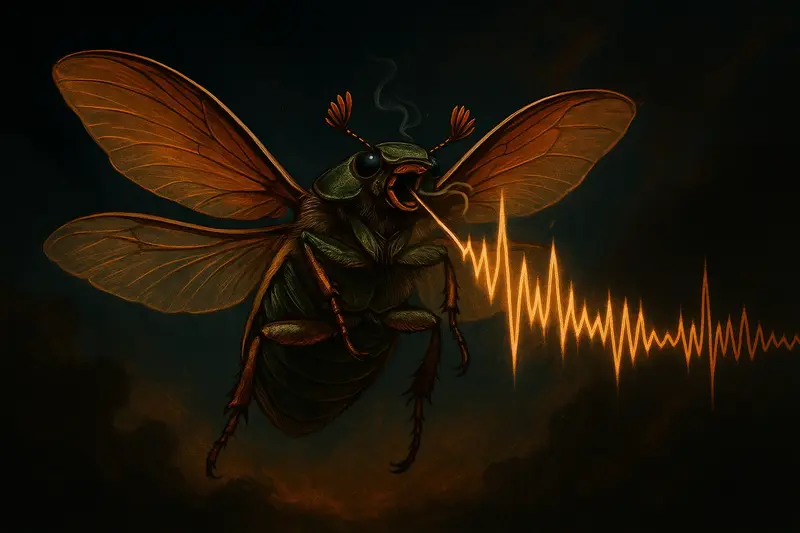
Beetles like fireflies and railroad worms glow thanks to a chemical reaction involving luciferase. Their light organs can blink in patterns to attract mates or warn predators. Some glowworms even have red lights on their heads!
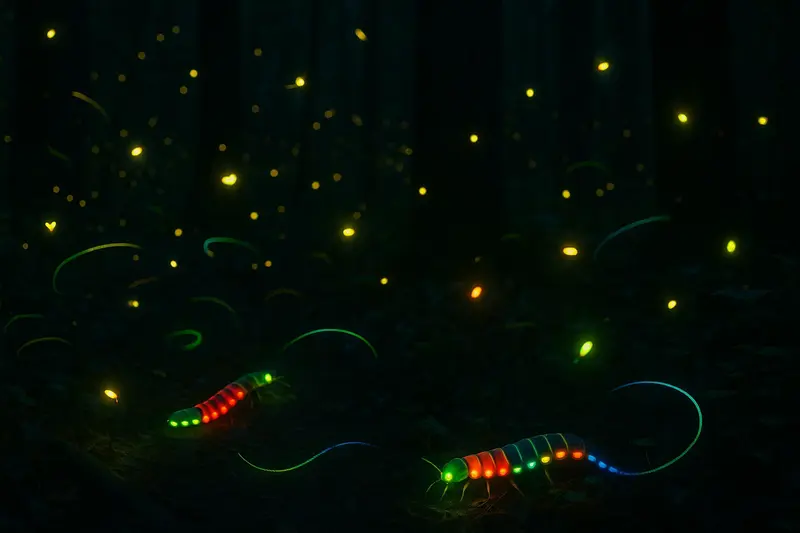
Those long-snouted bugs ruining your pantry? They're weevils, a subgroup of beetles. Though their “beak” looks like a straw, it’s actually just an extended jaw—perfect for chewing through plant material and grains.
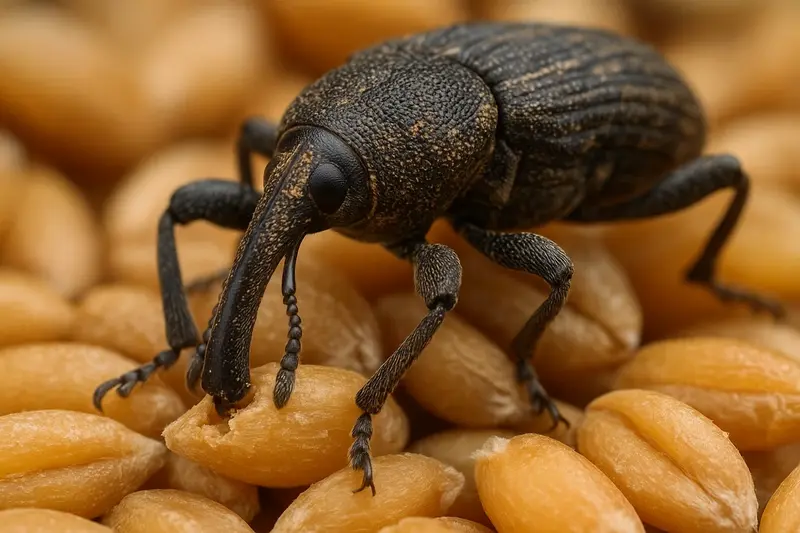
Beetles first appeared during the Permian Period, well before the age of dinosaurs. They survived multiple mass extinctions, including the one that wiped out T-Rex. That kind of resilience makes beetles true evolutionary champions.
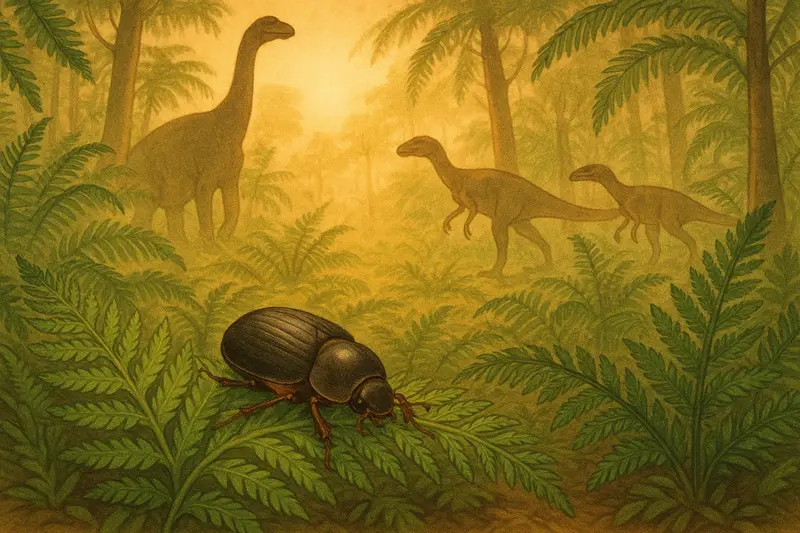
Beetles aren’t just “bugs”—they’re living fossils, ecological engineers, and survival experts. The next time you spot one crawling nearby, take a closer look. You might just be witnessing one of nature’s most underrated success stories.
Sources
Insects - Their Natural History and Diversity, by Stephen A. Marshall
Borror and DeLong's Introduction to the Study of Insects, 7th edition, by Charles A. Triplehorn and Norman F. Johnson
Encyclopedia of Insects, edited by Vincent H. Resh and Ring T. Carde.
Featherwing Beetles - Insecta: Coleoptera: Ptiliidae, University of Florida. Accessed December 13, 2012.
Coleoptera : The biggest, the smallest ? How many beetles are there?, Coleoptera website. Accessed December 13, 2012.
Plant pests: The biggest threats to food security?, BBC News, November 8, 2011. Accessed December 13, 2012.
Introduction to Bioluminescent Beetles, by Dr. John C. Day, Centre for Ecology and Hydrology (CEH) Oxford. Accessed December 17, 2012
Glow-Worms, Railroad-Worms, University of Florida, accessed December 17, 2012.
animal tags: Beetles
We created this article in conjunction with AI technology, then made sure it was fact-checked and edited by a Animals Top editor.